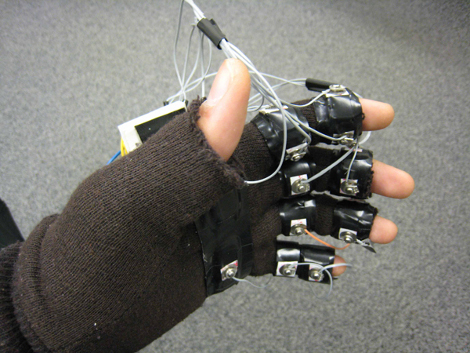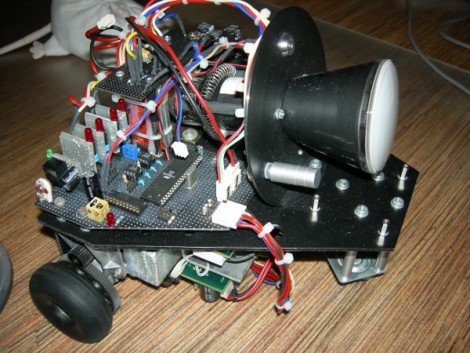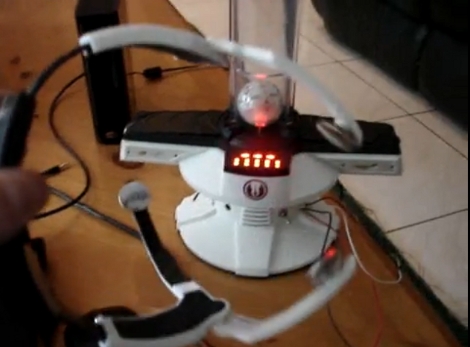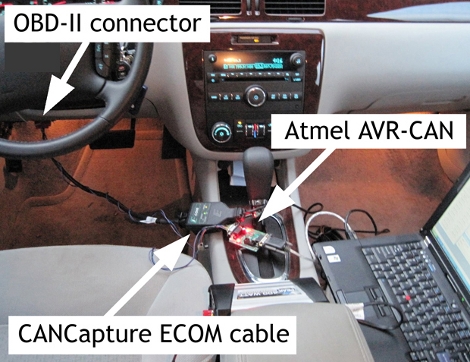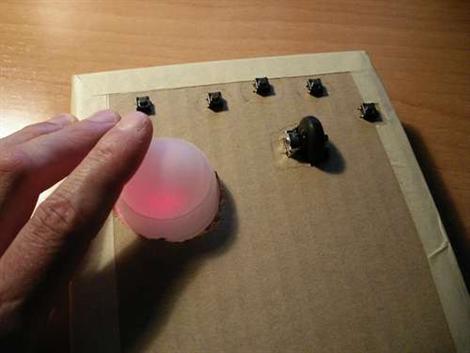[youtube=http://www.youtube.com/watch?v=bt1UEGD3BDk]
Here’s a slick version of a POV globe(google translated). Created by [Riko], this globe has 32 LEDs and is powered by a rotating coil. The layout looks fairly solid in operation, with the POV effect showing up very nicely on camera. You can get the schematics and source code from the project page.
We found this project, just like the previous fantastic LED globe on HackedGadgets.com. Apparently someone linked to this project in the comments. That is fantastic, that is what the comments should be for. Please help keep our comments polite and helpful as well, even if you are just linking to a project that you think is better.

